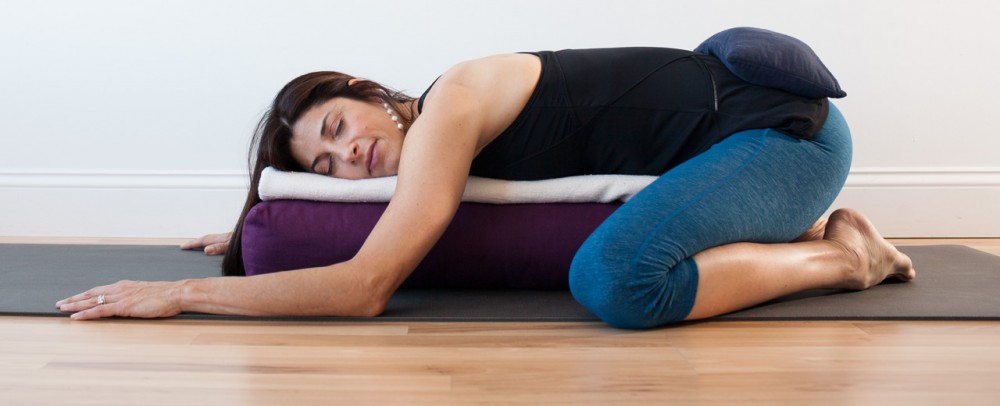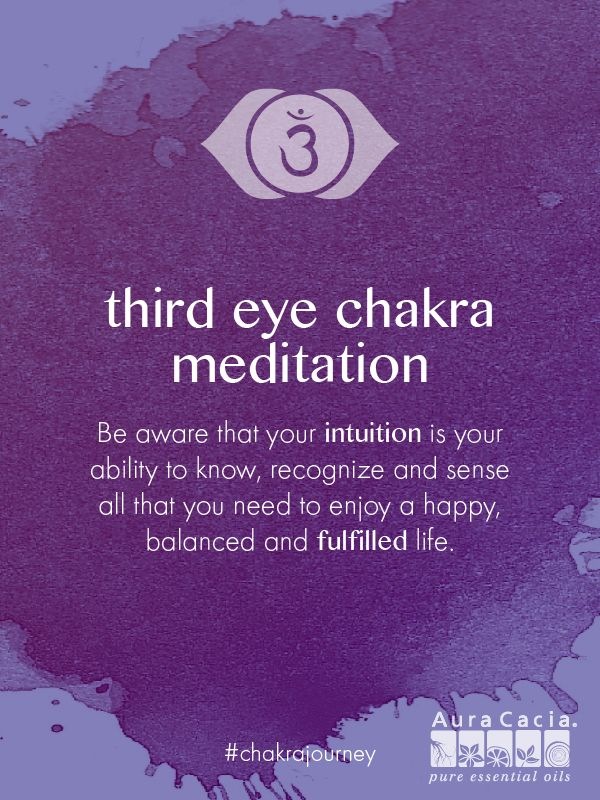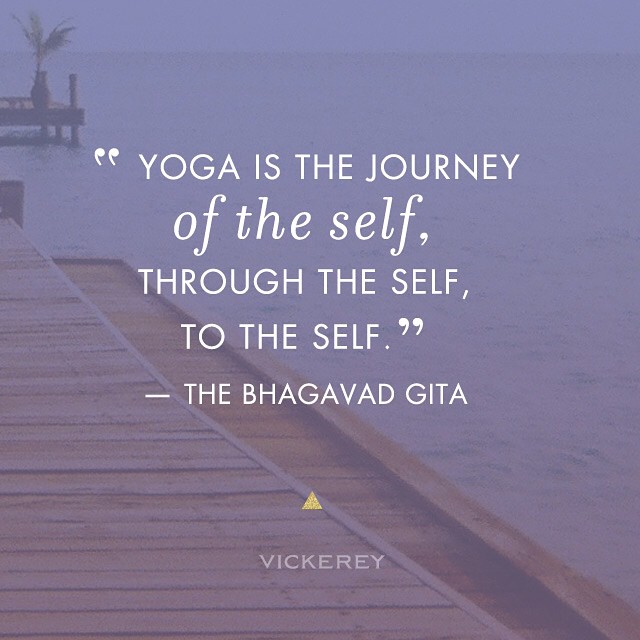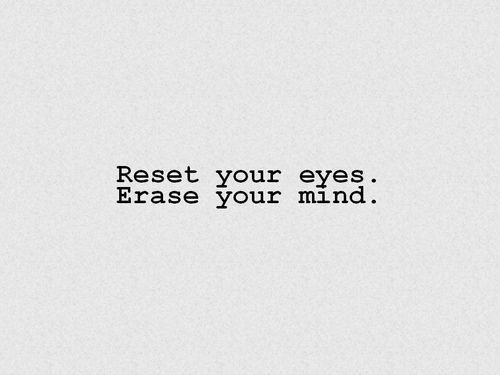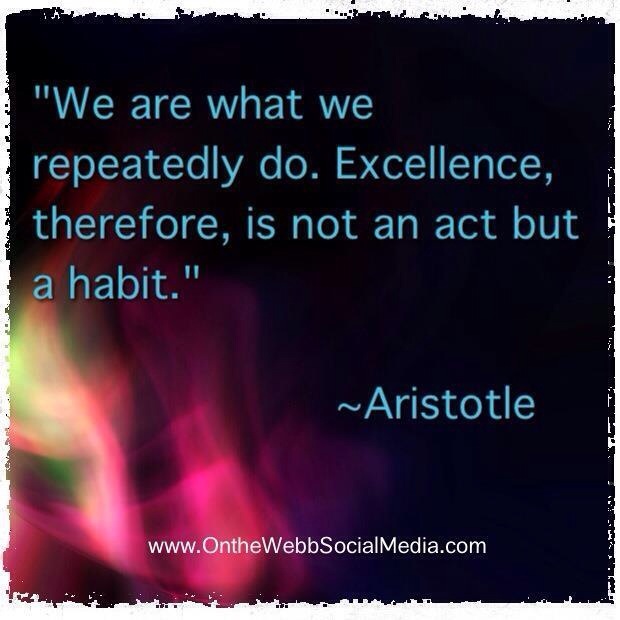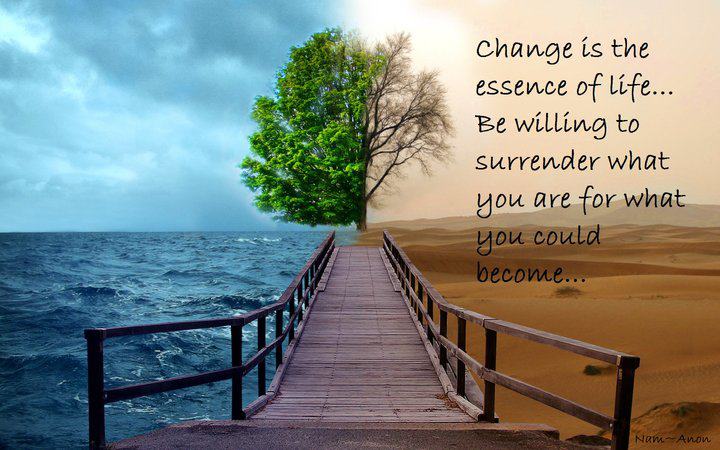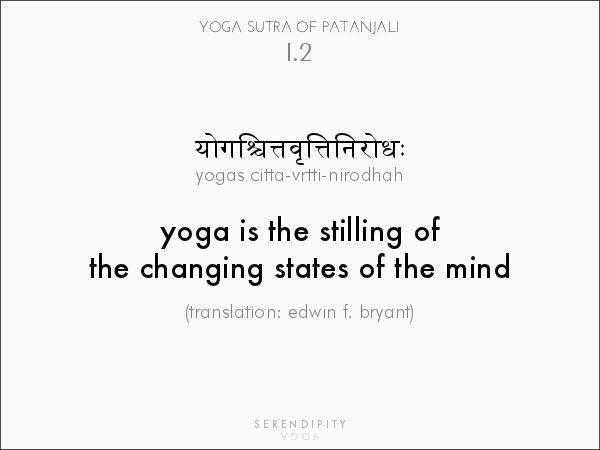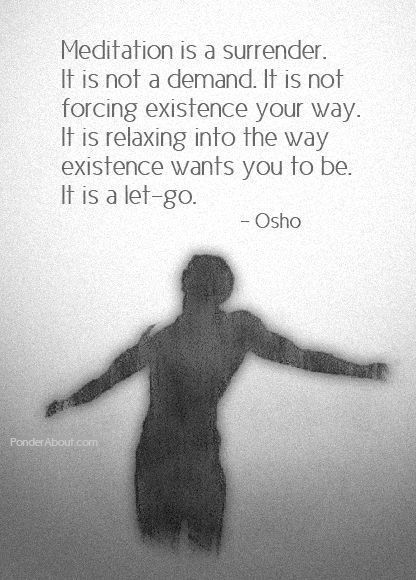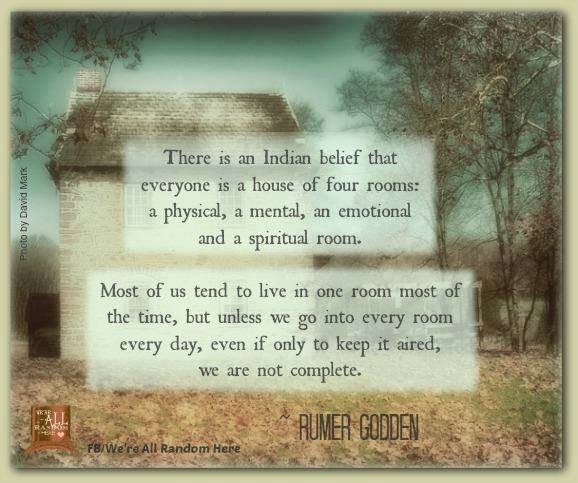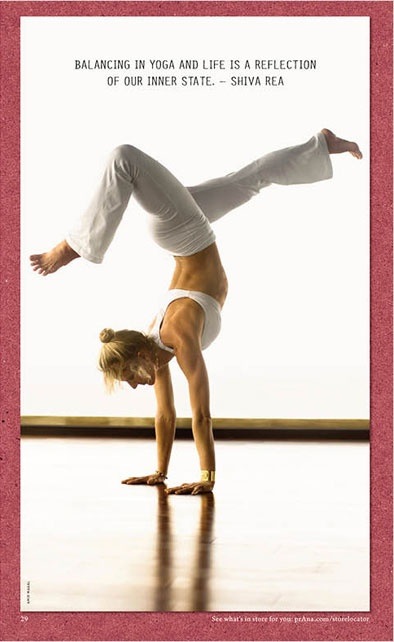Today we bring our attention to the third eye chakra…If you are just joining in, we have been meditating, or, bringing awareness to each of the energy centres, this stemming from an original blog I wrote about chakra balance.
The third eye chakra is also called the Ajna chakra and the colour associated with it is royal blue. These energy centres are sensitive and fluctuations or imbalances can occur through external stressful circumstances, long stored physical tension or limited self- concepts. The sixth centre involves the areas of the eyes and forehead, along with that, intuition, dreams, memory, vision, imagination and visualization. I have a few practices that work with this centre on my Yoga Mind Cd.
The meditation today is “Be aware that your intuition is your ability to know, recognize and sense all that you need to enjoy a happy, balanced and fulfilled life”. The under functioning in this centre is manifest in an inability to be in touch with one’s instincts, an insensitivity to the subtle environment, and misperceptions (doubt for example). If you are someone who pushes the limits on your mat, for example, without listening to the whisper of the body to pause or stop, this is another example. If you are having lots of nightmares, this too could be an indication of unrest in this centre. A quiet mind, a Yoga Mind, is a rested and aware one…
